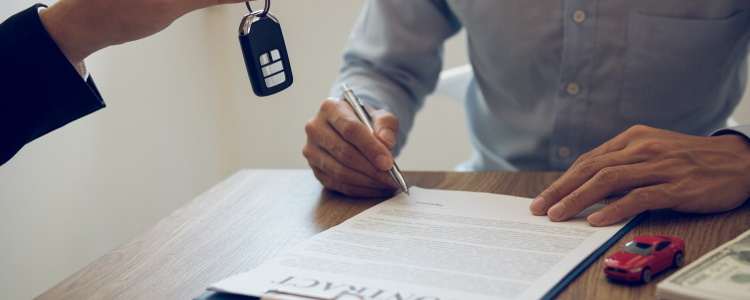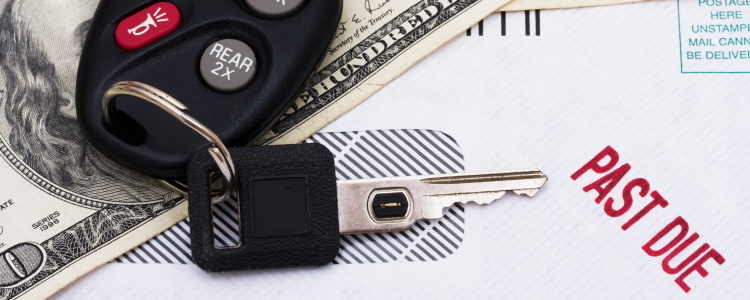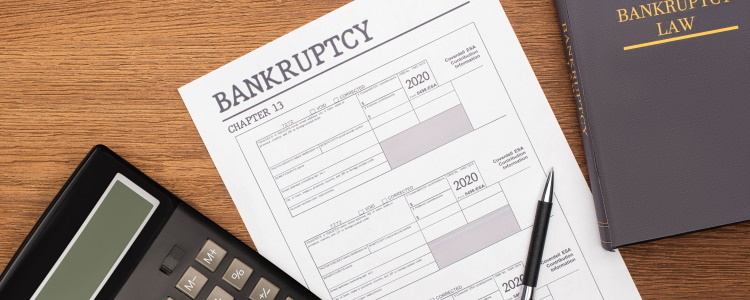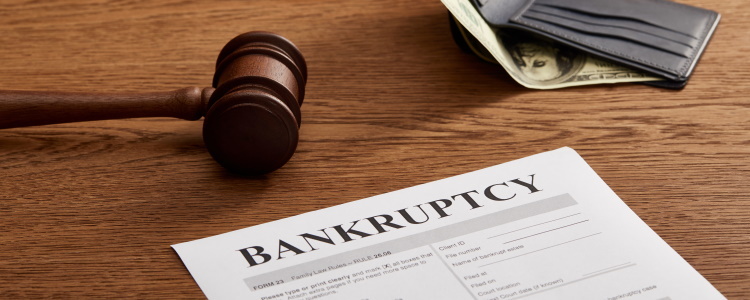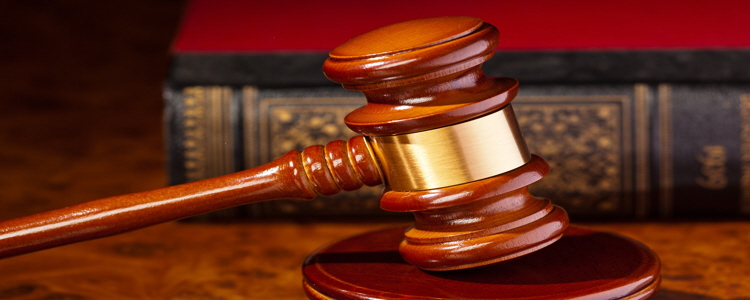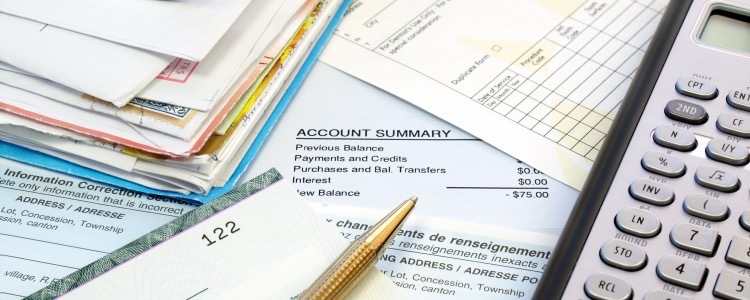A cramdown is a process that helps borrowers save some money while in Chapter 13 bankruptcy. Here’s how it works, and how to qualify.
Chapter 13 Cramdown Defined
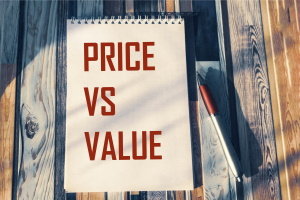 A cramdown in Chapter 13 bankruptcy is when you reduce the amount you owe the lender to the vehicle’s fair market value. This allows the negative equity in your car (the amount you owe that's over the vehicle's value), to be added to your unsecured debts in bankruptcy. Unsecured debt typically includes credit card balances, medical bills, and personal loans.
A cramdown in Chapter 13 bankruptcy is when you reduce the amount you owe the lender to the vehicle’s fair market value. This allows the negative equity in your car (the amount you owe that's over the vehicle's value), to be added to your unsecured debts in bankruptcy. Unsecured debt typically includes credit card balances, medical bills, and personal loans.
By the end of the filing, you may only pay a percentage of the vehicle’s negative equity or maybe none of it, which can save you a decent amount of cash in your bankruptcy repayment plan, and on your car loan.
Example:
You owe $15,000 on your car loan, but your vehicle is only valued at $10,000. If approved for a cramdown, you owe the lender the $10,000, and the remaining $5,000 is added to your other unsecured debts.
Chapter 13 bankruptcy is a long process, lasting either three or five years. Your remaining loan balance is figured into your Chapter 13 repayment plan. Typically, once the bankruptcy is discharged, you end up owning the vehicle free and clear.
In some cases, cramming down your car loan allows you to lower your interest rate to make the payments more affordable, or even stretch your loan term out. During a cramdown, you may have the option to change your interest rate to the going prime rate which can help you save even more money on the vehicle. If you stretch your auto loan term to meet the bankruptcy timeline, then you may end up with a lower car payment.
Qualifying for a Cramdown
A cramdown is only available to borrowers that file Chapter 13.
If you file Chapter 7, the liquidation bankruptcy, it means your non-exempt assets are sold off to repay your creditors. Chapter 13 is the repayment bankruptcy where your court-appointed trustee crafts a repayment plan that allows you to repay your creditors as much as you’re able according to your available income, which is why a cramdown is an option.
Here are the requirements for a cramdown:
- Your car has negative equity – In order to cram down the loan, your vehicle must have negative equity, meaning you owe more than it’s worth.
- You’ve had the vehicle for at least 910 days – It’s required that you’ve had your vehicle for at least 910 days (or two and half years) before filing for bankruptcy to use a cramdown. According to the legal site Nolo.com, this rule was created to prevent borrowers from buying a vehicle, then immediately filing bankruptcy to discharge some of the balance.
- Your car payment is included in your repayment plan – You may have had the option to not include your auto loan in your bankruptcy. If you chose to opt-out, you can’t cram down the loan.
Think your vehicle is eligible? Talk to your court-appointed trustee about your options. You’re typically required to do a cramdown early on in the process since repaying the vehicle in cramdown is included in your repayment plan.
Not Eligible for a Cramdown?
If your vehicle is not eligible for a cramdown, but you need a more affordable vehicle or loan, then you may be able to sell your car and get something more affordable.
In Chapter 13, there’s a process in place that allows you to finance another car if deemed necessary. However, not all lenders can assist borrowers in active bankruptcy – subprime lenders may be able to help, though, and here at Auto Credit Express, we know where to find them.
Subprime lenders are signed up with special finance dealerships. If you’re in need of a car loan during bankruptcy, complete our free auto loan request form and we’ll look for a special finance dealer in your local area. There’s never an obligation to get matched, and our form is quick and easy.
